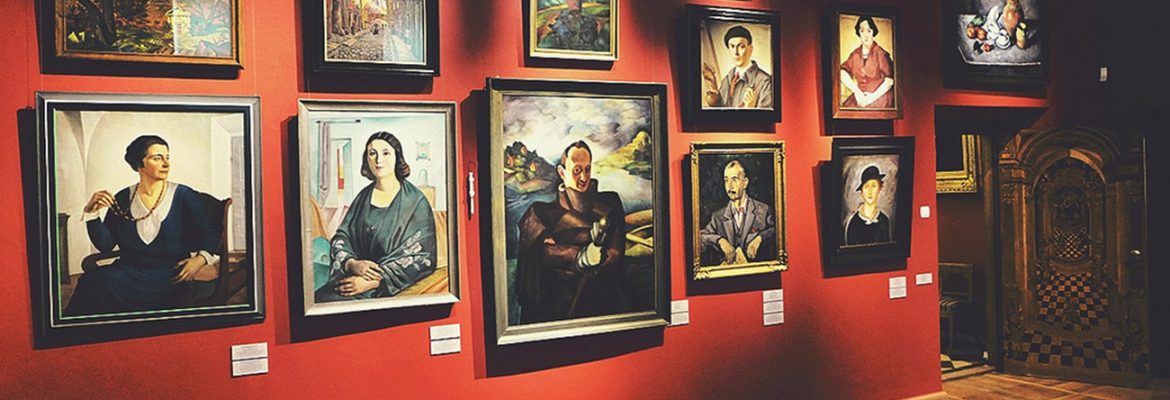Museum of the History of Toruń, Torun, Pomeranian Voivodeship, Poland
About the House Esken survived relatively little information. It is known that was built in the late fourteenth century by a merchant of Torun then mayor Henry Hitfelda as his family home. The first mention of the house dates from 1417. Esken Francis bought the house after the death of Konrad Hitfelda approx. 1551. Approx. 1590. Francis II, son of Francis Gothic house was transformed into a Renaissance residence with a stone portal attributed sprowadzonemu Gdansk Flemish sculptor Wilhelm van den Block.
Inserted also beautifully carved door with white sandstone departure from the scene of the Prodigal Son, which is currently located in the Old Town Hall. Ceiling of the Great Hall was decorated with polychrome. At this point, the building became known as the palace. Despite such glorious past they failed to keep the splendor of the building. In 1703. Samuel merchant bought it Schiedler, then became the property of the Mariana Valentine’s Day, and in 1764. Was in possession of Elblag family Friese. In 1825 the house was bought Jan Telka and his wife Helena Klaszewska, who began the reconstruction of building for storage. In 1844. The owner of building company became the merchant L. Damman and Kordes.
Then the building completely lost its previous destiny and began to function as a granary. During this reconstruction storey system changed, changed the location of windows and roof. In the interwar period and after World War II in the house were well-known magazines of Torun company Bronisława Hozakowskiego. Until the 70s. The building housed the poppy. In 1980-1989, the efforts of the Regional History Museum Conservator Torun (House Eskenów) adapted to the needs of the museum, and since 1990 is one of the objects of the Regional Museum in Torun.
Visit Poland. Epic Poland Adventure Route © All Rights Reserved | Monika & Simon Newbound 2017


